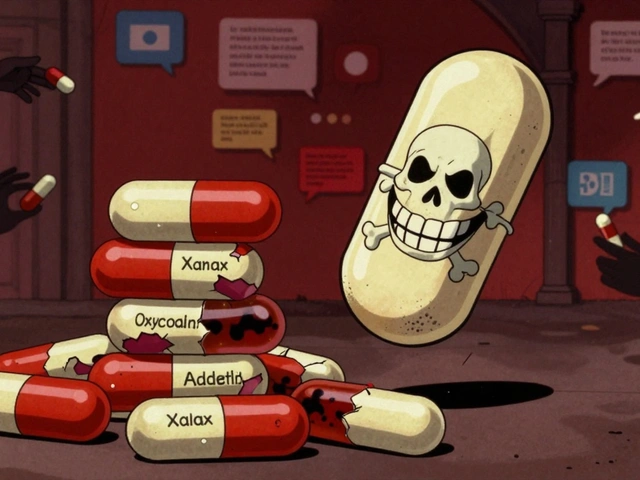Medication Transition: How to Switch Drugs Safely
Changing a prescription can feel like stepping into the unknown. One day you’re taking a pill, the next you need a different one, and you worry about side effects, gaps, or confusion. The good news is that with a little planning you can keep your health steady while your doctor adjusts your meds. Below we break down why transitions happen and exactly what you can do to make the swap painless.
Why a Medication Transition Happens
Doctors switch meds for many reasons. Sometimes a new drug works better for your condition, sometimes side effects become too bothersome, and sometimes insurance stops covering the old pill. You might also need a dose change, a brand‑name to generic swap, or a complete move from one drug class to another. Knowing the reason helps you stay focused on what matters: staying safe while you get the right treatment.
Steps to Make a Smooth Switch
1. Talk to your prescriber first. Ask why the change is needed, what to expect, and how long the overlap period will be. The doctor can give you a clear schedule – whether you taper the old drug, start the new one immediately, or do a short overlap.
2. Write down the schedule. Keep a simple list: date, time, and dose for both the old and new medication. Use a phone reminder or a pill organizer so you don’t miss a dose or double‑up.
3. Check for interactions. Even if the new drug is meant to replace the old one, other meds you take could react. A quick chat with your pharmacist or a look‑up in a reputable app can catch problems before they happen.
4. Watch for side effects. New drugs can cause mild nausea, headache, or sleep changes. Write down any new symptoms and let your doctor know if they get worse or don’t go away after a few days.
5. Keep a backup supply. Until you’re sure the new medication works, it’s smart to have a small amount of the old drug on hand (if safe) in case you need to revert while waiting for a follow‑up appointment.
6. Follow up promptly. Most switches need a check‑in after one to two weeks. Use that visit to discuss how you feel, adjust doses, or address any lab results the doctor ordered.
By following these steps you turn a potentially stressful switch into a routine part of managing your health. Remember, the goal is to keep you feeling stable, not to add confusion.
If you ever feel unsure, reach out to your pharmacist. They can confirm dosage, show you the right way to split tablets, and answer quick questions without waiting for the next doctor’s appointment.
Medication transitions are common, and most people handle them without trouble. Armed with a clear plan, a written schedule, and open communication, you’ll stay in control and keep your treatment on track.





